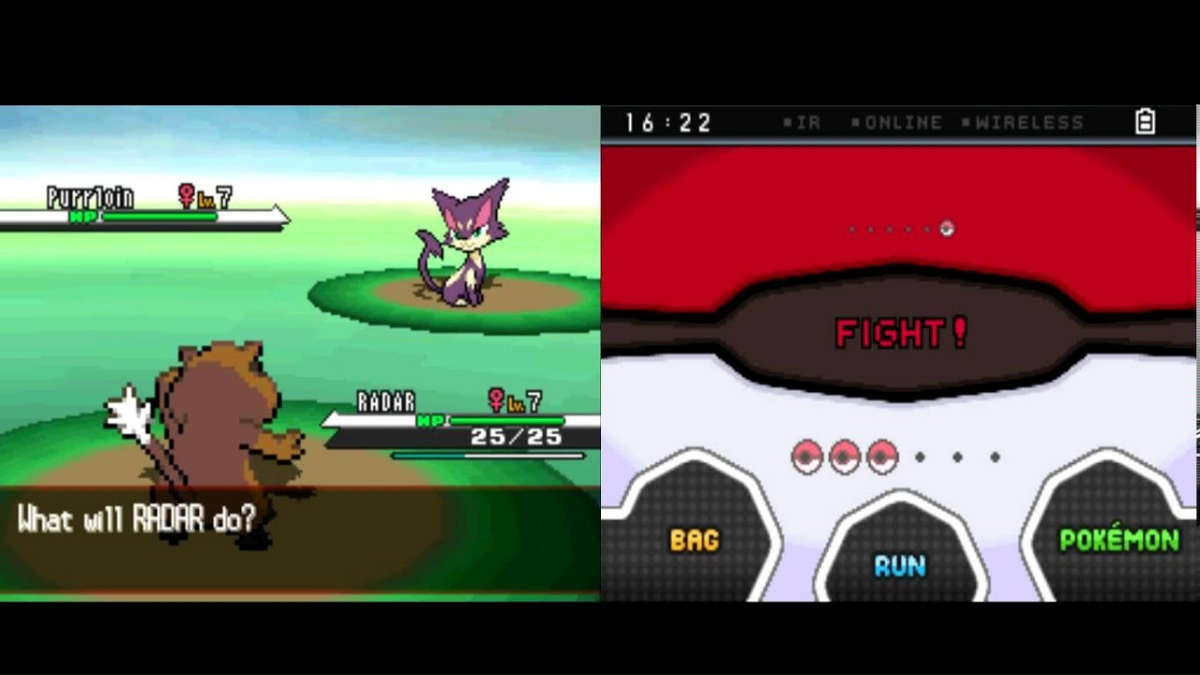When it comes to game emulation, especially with the Desmume emulator, phrases like delta state to dst desmume regularly come up. These aspects are crucial for guaranteeing smooth gameplay and precise emulation, but knowing them might be a little difficult. This guide is here to break it all down for you.
What is Delta State?
delta state to dst desmume refers to the interim alterations stored between two locations during emulation. Think of it as a “snapshot” of your game’s development, which helps preserve continuity and accuracy. By preserving these incremental modifications, emulators like Desmume can handle complicated game settings successfully.
Why is Delta State Important?
- Enhanced Continuity: Delta State helps keep progress even if there’s a breakdown or stoppage.
- Optimized Gameplay: By preserving just the essential data, it keeps the emulator operating effectively.
Overview of DST in Desmume
DST, or Dynamic Save Timing, is another strong feature of Desmume. It works hand-in-hand with Delta State to govern how and when game states are stored during emulation. This guarantees that your gaming experience is smooth and uninterrupted.
Understanding Desmume Emulator
Desmume is one of the most popular Nintendo DS emulators. It lets you to play old games on your PC, giving a wealth of options to improve the experience.
Core Functions of Desmume
- Save States: Save your game progress at any stage.
- Graphics Rendering: Raise the quality of the graphics to make gaming more enjoyable.
- Audio Management: Make the game more immersive by syncing the sounds.
Role of Delta State in Emulation
The ability of emulators to faithfully simulate the actions of actual consoles is guaranteed by Delta State. It shines in games when the mechanics are intricate or the landscapes are constantly changing.
Benefits of Using Delta State
- Smooth Transitions: Effortlessly transition between game levels.
- Improved Performance: Reduces lag and boosts overall stability.
How DST Works in Desmume
DST regulates the time of saves, ensuring they occur without disturbing the game. It’s like having an automated backup system functioning in the background.
Troubleshooting DST Issues
Sometimes, you may get problems like “Failed to Save State” or latency during emulation. Here’s how to repair them:
- Check your emulator settings.
- Update Desmume to the newest version.
- Allocate greater system resources for improved performance.
Step-by-Step Guide: Configuring Delta State and DST in Desmume
- Download and Install Desmume: Get the newest version from the official website.
- Adjust Delta State Settings: Navigate to the options menu and activate Delta State.
- Optimize DST: Use the default parameters or fine-tune them depending on your system capabilities.
Tips for Advanced Users
For those who wish to take your emulation experience to the next level:
- Use plugins to optimize DST performance.
- Experiment with Delta State criteria for individual games.
Conclusion
Delta State and DST are game-changers when it comes to replicating Nintendo DS games on Desmume. They guarantee your progress is stored, performance is maximized, and your gaming experience is as fluid as possible. So, go into your favorite games and make the most of these great features!
FAQs
- What is the difference between Delta State and Save State?
Delta State stores gradual changes, whereas Save State records the complete game state. - Can Delta State improve frame rates?
Indirectly, yeah! By optimizing resources, it boosts overall performance. - Is DST mandatory for all games?
Not required, although it’s advised for games with dynamic dynamics. - How to back up Delta States effectively?
Store your Delta States on a cloud drive or external storage for safekeeping. - Are there alternatives to DST in Desmume?
While there are alternative approaches, DST delivers the greatest balance between performance and accuracy.







